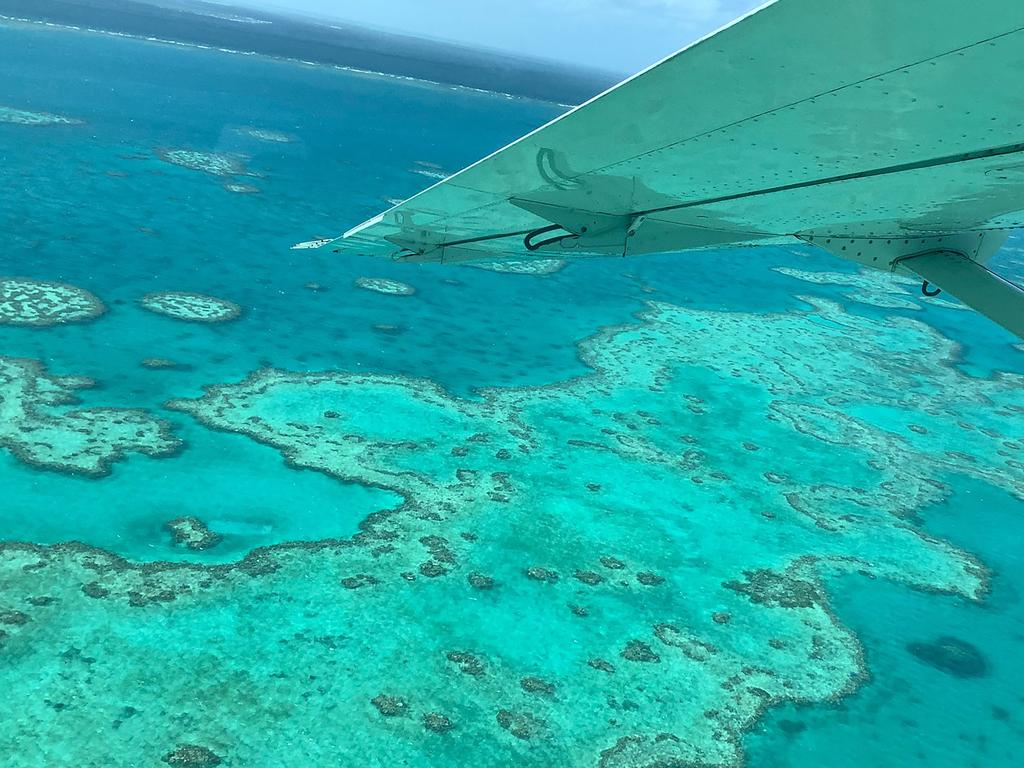CSIRO and Bureau of Meteorology reveals hot days have ‘tripled in 20 years’
Australia’s climate has gotten extremely hot extremely quickly, according to a new report – and there are warnings about what we should expect next.
Australians are being warned to brace for longer fire seasons, more intense short-duration heavy rainfall events, and fewer but more extreme tropical cyclones.
The country had 43 extremely warm days in 2019, more than triple the number it experienced in any year prior to 2000, a new report into the country’s weather has found.
The biennial State of the Climate Report from the Bureau of Meteorology and CSIRO, released today, reveals 2019 was Australia’s hottest year on record, with 33 days in which the national daily maximum average temperature exceeded 39 degrees.
This total number of extremely hot days is “more than the number observed from 1960 to 2018 combined, which totalled 24 days,” the report stated.

Dr Karl Braganza from the Bureau of Meteorology said 2019 was our hottest year “by a reasonable margin” but 2020 was “not tracking to beat 2019”.
“It’s not going to be our warmest year on record, but it will be another warm year,” he said.
There had also been a “significant increase in the frequency of dangerous fire weather days across Australia, particularly during spring and summer, leading to an earlier start to the southern fire season,” Dr Braganza said.
The report stated Australia’s climate had warmed by 1.44 degrees since 1910 (with an almost quarter degree margin of error) – a slight increase but also a more exact estimate than the 2018 edition of the report, which said Australia’s climate had warmed by just over 1 °C.
Global sea levels have risen by 25 centimetres since 1880, and the oceans around Australia are acidifying and have warmed by around one degree since 1910, the experts found.

Dr Jaci Brown from the CSIRO said half the sea level rise since 1880 had occurred after 1970, and the sea level was currently rising by three and a half centimetres each decade.
Dr Brown said the sea level rise was partially explained by the melting polar ice caps, but also just through thermal expansion.
“As the water warms it expands, contributing to sea level rise,” she said.
Despite the drop in greenhouse gas emissions associated with 2020’s COVID-related economic slowdown, the report stated the decrease would have “negligible impact” in terms of warming global temperatures.
“Although carbon dioxide [emissions] did slow down we still saw an increase … and that slow down is indistinguishable from the background noise,” Dr Brown said.

She likened the situation to a long-term junk food addict who switched to a healthy diet and stepped on the bathroom scales the next day expecting to see a radical drop in their weight.
Dr Braganza said one of the themes of this year’s report was that “Australia is experiencing
climate change now”.
The kinds of warming statistics that Australia was experiencing now was “in the envelope of where we saw them going,” in previous years, Dr Brown said.
Speaking with regard to temperatures, Dr Brown said: “Ten to 20 years from now, 2019 won’t be unusual. This decade will be one of the coolest in the next 100 years.”
MORE NEWS
Revealed: how much food Australia imports every month
Zero emissions by 2050: What you should know
2019 was Earth’s second hottest year on record according to NASA
Originally published as CSIRO and Bureau of Meteorology reveals hot days have ‘tripled in 20 years’


